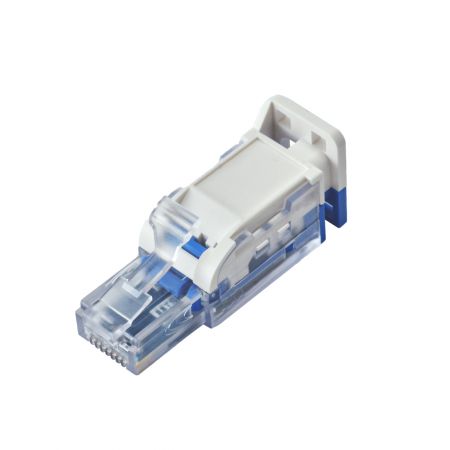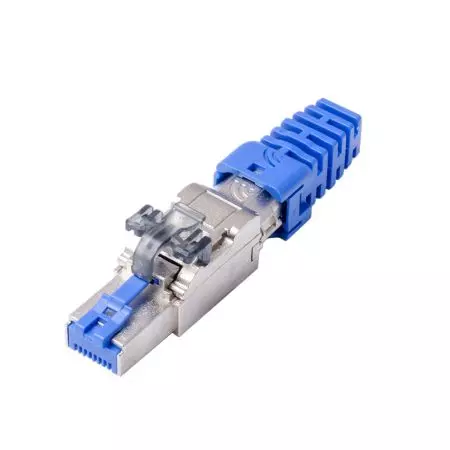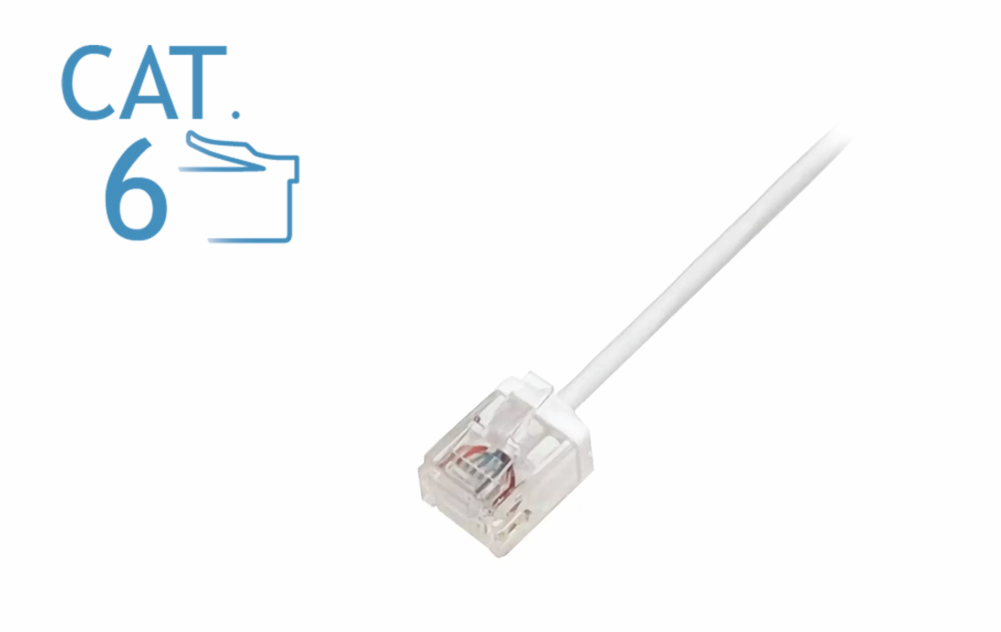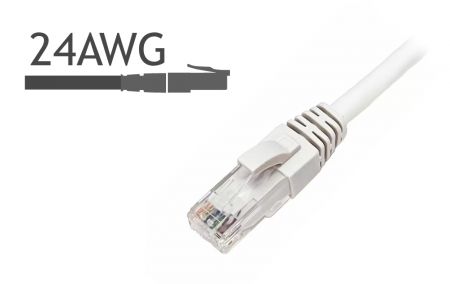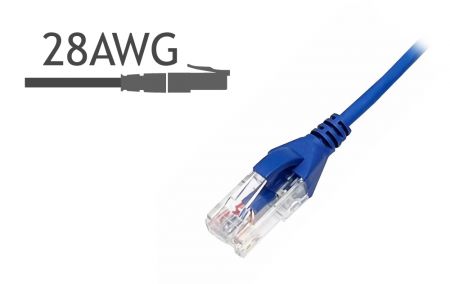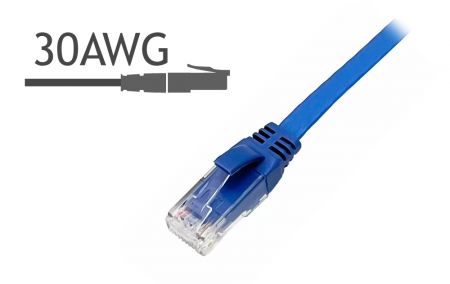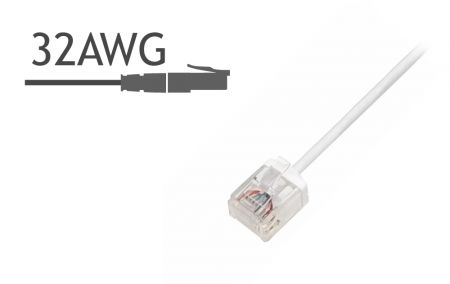Cat 6 UTP
24/28/30/32AWG
The Continued Reign of Cat 6 in Networking
Supporting frequencies up to 250 MHz, Cat 6 cabling delivers gigabit speeds and has been the backbone of broadband infrastructure for over two decades. While the Cat 6A standard debuted around 15 years ago, Cat 6 continues to dominate the market. This longevity can be attributed to a few key factors. For one, the high cost of 10G network hardware has limited the widespread adoption of Cat 6A cabling. Additionally, advancements in compression technology have reduced the need for full 1000 Mbps speeds in many applications.
To meet evolving demands, Cat 6 patch cords now come in a variety of designs to better suit diverse user needs and environments. Among these are options featuring smaller-gauge cables and compact plugs. Standard 24AWG cables remain the most reliable option, delivering consistent performance without compromising channel distance due to derating concerns. This type continues to be a top seller and shows no signs of slowing down.
 For scenarios where the full 100-meter range isn’t required, thinner gauges like 28AWG, 30AWG, and 32AWG offer compelling benefits. The TIA-568.2-D standard, published in 2018, paved the way for using thinner cables by accounting for their reduced signal strength over shorter distances.
For scenarios where the full 100-meter range isn’t required, thinner gauges like 28AWG, 30AWG, and 32AWG offer compelling benefits. The TIA-568.2-D standard, published in 2018, paved the way for using thinner cables by accounting for their reduced signal strength over shorter distances.
These slimmer cables allow for a dramatically tighter bending radius, enabling smoother routing through confined spaces, ducts, and trays.
Compact plug designs further reduce the protrusion from RJ45 sockets, making them particularly well-suited for dense telecom racks and cabinets.

